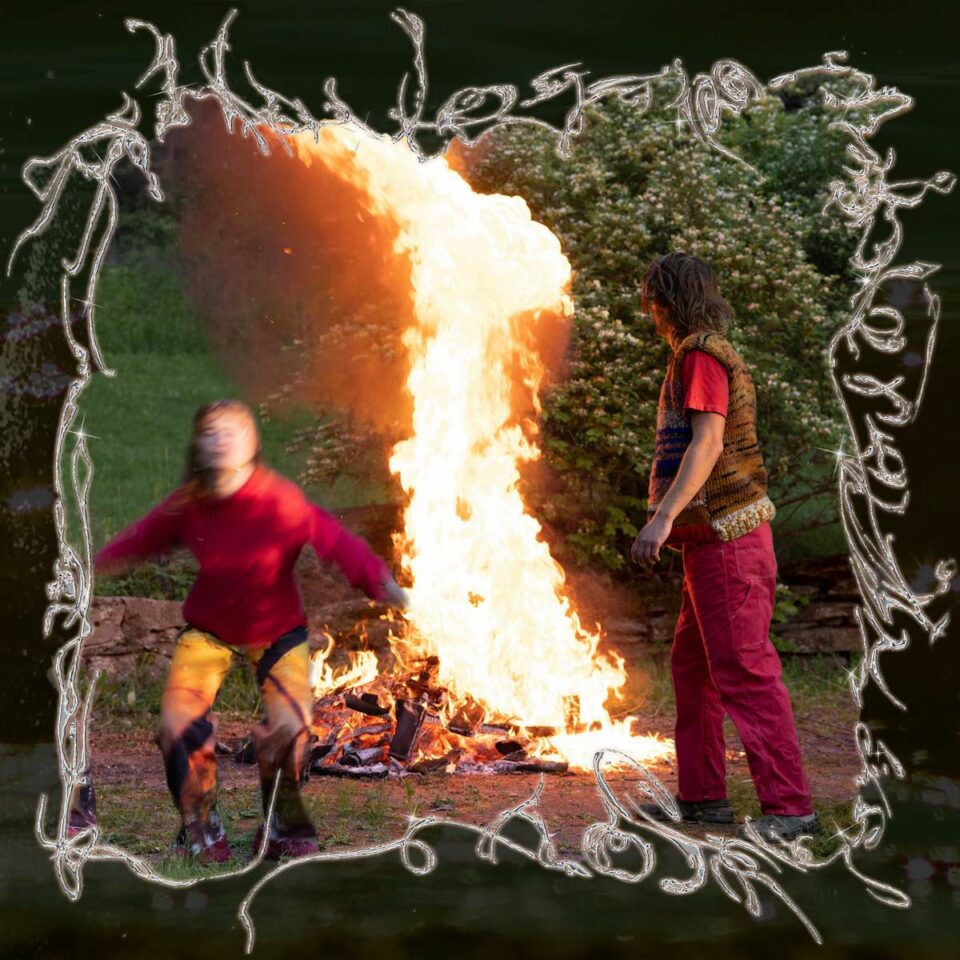[For those unfamiliar with the film, take heed: spoilers ahead.]
Menace II Society, the directorial debut of brothers Albert and Allen Hughes, turns twenty-five this week, and it’s one of those films that suffers in the retrospective critical mind for the company it keeps. A sentimental coming-of-age tale about a group of black Los Angeles teenagers culminating in a slow-motion drive-by shooting, the film followed on the heels of John Singleton’s Boyz n the Hood; a surprise low-budget smash, Menace II Society also arrived amidst a wave of oft-gratuitous poverty porn, haphazardly written sub–Spike Lee dramas like Sugar Hill, Above the Rim, and Singleton’s own Poetic Justice, all later parodied in the Wayans brothers’ Don’t Be a Menace to South Central While Drinking Your Juice in the Hood. It’s tied so inextricably to real people and events—Rodney King, Latasha Harlins, the ’92 riots—that the film itself can seem beside the point.
Weirder still, Menace has spent most of its existence lurking in the neon-glow purgatory of late-night cable, its neo-noir set pieces and bloody violence outweighing its trenchant social commentary whenever the film’s broadcast rights were lapped up and doled out to the Viacom and Comcast networks. My adolescence is colored by recollections of returning home on Friday and Saturday nights and finding Caine and O-Dog on VH1 or E! or another channel high in the basic cable package of whichever house or apartment or dorm I was occupying.
Minutes removed from the company of my best friends—young men who, it’s worth noting, bore little resemblance to the characters on-screen—the Watts cityscapes would illuminate my darkened room and already-fading buzz, images blurred, dialogue bleeped, and narrative chopped into segments between ads for cut-rate diets and 1-800 phone-sex hotlines. Quickly enthralled by a movie with environs and circumstances almost entirely foreign to mine, I was startled to find that what resonated with me most wasn’t Menace’s cutting looks at the delicacy of urban life but rather its improbably familiar rendering of American male adolescence.
The Hughes brothers—twins who spent the bulk of their childhood in the greater LA area—made their names as music video directors, and wrapped Menace II Society on a $3.5 million budget before their twenty-first birthday. Premiering at Cannes with a screenplay by their friend Tyger Williams and supporting roles for Samuel L. Jackson, and Jada Pinkett (in her big-screen debut), the film’s soundtrack spent six weeks atop the Billboard R&B chart in the summer of ’93. Tabloid headlines surrounded its theatrical release: Tupac Shakur, originally cast in a small role, was convicted of assaulting Allen Hughes after being fired from the film.
Menace’s sullen protagonist Caine, played by Tyrin Turner, and his magnetic foil O-Dog, played by Larenz Tate, see their lifelong friendship turn sour after a robbery gone awry. In the aftermath, the relationship grows subtly parasitic, until their respective accumulated debts are virtually insurmountable. Caine and O-Dog know they’re no good for each other, but they also know too much about each other for a clean break.
Among the most pressing questions the film asks is what we owe the people who we happen to grow up alongside.
The supporting characters—even those with only a handful of lines—are equally vivid. Ryan Williams’s Stacy, a man-child bound for Kansas on a football scholarship, carries the weight of his neighborhood’s expectations like a cross; Vonte Sweet’s Sharif, a reformed Black Muslim, embraces religion as a palliative for a life of trauma; and A-Wax, played by Compton’s Most Wanted rapper MC Eiht, is an older-brother figure whose tragic jadedness makes him brutal and calculating. Among the most pressing questions Menace asks is what we owe the people who we happen to grow up alongside.
Contrasted with Tate’s career-defining performance as O-Dog, Turner’s impassive Caine is easily criticized. But his rapid swings from tears to random violence underscore one of the film’s finest nuances: that Caine is neither a hero nor an antihero, but a young man whose past has caught up with him by virtue of both conscious choices and external factors beyond his control. In an early flashback scene, Caine’s father (played by Jackson), murders a man over a kitchen table card game, setting into motion a cycle in which Caine and his friends repeat the sins of their doomed forebears. Yet for all the trauma he’s experienced, Caine is complicit in his overwhelming fatalism, declining to pursue an escape route from Watts more out of inertia than a sense of duty. Repeat viewings unveil stakes made more apparent by knowledge of the characters’ fates, and cast the film’s logic in stark relief: Sharif, the movie’s conscience (and, in one of its few ham-handed gestures, the only character with a father who lives to see his son reach high school), dies from a bullet meant for Caine.
Yet if Menace lacks a hero and a tangible moral core, it has aged better than its twin Boyz n the Hood, whose gangbangers are given to sermonizing monologues. Menace’s dearth of forthright optimism is consistent with the fact that the King beating and Harlins killing, both of which are loosely recapitulated during the summer Caine graduates high school, took place immediately after Boyz wrapped and before Menace began filming. In the film’s opening scene—an inversion of the Harlins killing—O-Dog kills a Korean shop proprietor who insults his mother; later, Caine and Sharif are abducted by two white LAPD officers, beaten senseless with billy clubs, and left for dead in Mexican gang territory.
Menace isn’t an overtly political film, unless one is to extract some macro-level statements about how Reagan, as governor and then as president, turned Southern California into a senseless territorial wasteland. Per the Hughes’s condensed timeline, the ’65 riots begat drug infestation, which made for latchkey children with strung-out parents, which created anarchy. But watching in 2018, what’s striking is that the film’s urgency was derived from its subjects’ lack of representation in the American mind. In 1993, these were the overlooked, forgotten Americans: undereducated, underemployed, project-dwelling black men made scapegoats for the ubiquity of drugs and crime in inner cities. It’s uniquely disorienting to consider how, in Trump’s America, this demographic has been effectively relegated in public discourse, replaced by working class Rust Belt whites as the forgotten Americans most in need of our compassion.
In 1993, these were the overlooked, forgotten Americans: undereducated, underemployed, project-dwelling black men made scapegoats for the ubiquity of drugs and crime in inner cities.
Menace is rather lifelike in that it doesn’t have much of an overarching narrative—it’s more a series of isolated episodes which build sequential tension. Introductions are executed swiftly via Scorcesian pans around neighborhood gatherings, but even so, the characters are complex where they might easily be typical. Despite the pressures and danger of their lifestyle, these friends mostly just hang out. Casual ensemble scenes are as essential as the brawls and robberies in mapping allegiances and constructing the film’s brilliant evocation of male friendship.
I often return to a scene early in the film, which finds Caine enduring a teacher’s jeremiad in his final high school class before setting forth into the summer that will ultimately claim his life. Caine is, at this juncture, an established drug dealer and an accomplice to murder who’s lost his parents to drugs and countless friends to the same pursuits that will soon prove his own undoing. And yet his face on the last day of school is that of any seventeen-year-old: kind of bored, kind of pissed off, and, beneath it all, a bit overwhelmed, despite his disaffected pretense of having better things to do. Regardless of its cartoonish violence and inordinately noirish production, this is what Menace II Society does best: succinctly packages the risk and pathos of inner-city life, from dead-end kids to sociopathic killers, and humanizes all of them. FL









